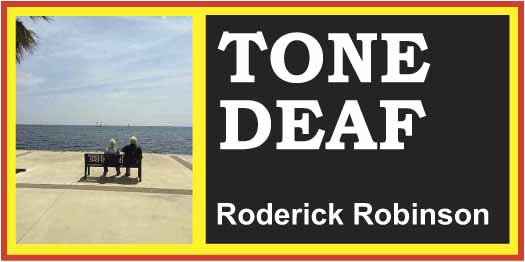Returning home from the French holiday villa in Creissan (22 miles north of the Mediterranean coast) is inevitably a burden. The distance, joyfully accepted a fortnight before, now seems formidable. Creissan to Calais is 660 miles (10 hr 12 min), then there's the Channel Tunnel crossing (say 1 hr 30 min with the queueing), then a further 210 miles (4 hr 10 min) between Folkestone and Hereford. Some 16 hr all told; it takes two days.
We've been doing it for over a decade and are now experts. The key lies in where to break the French part of the journey. For several years we've settled on Forges-les-Eaux, north-west of Paris. As the kilometres unreel we dream of the wine list at the Hotel la Paix.
This is where satnav comes into its own. After years of experimentation the optimum route takes us far closer to Paris than we first thought. Look at the geography. You'd like to weave your way through all those suburbs aided only by an atlas? Masochism can be your only justification. Satnavs mislead you, you say. So do atlases in a country where new roads are added every year. Treat the satnav as a tool not a crystal ball. Dominate it. We tested a small variation while in transit. It worked.
The bill for three at the Hotel la Paix was huge but then we sought catharsis. Achieved this year via a bottle of Latour's Vosne Romanée, followed by a snifter of old armagnac (VR never changes) and two doses of mature calvados for Occasional Speeder and me.
The hotel is beautifully maintained. Note the photo - the flex of the bedside light seems unnecessarily tangled. No! The switch becomes more accessible to the weary traveller. There’s a little treat.


The lamp solution made me think of murder mysteries where the perpetrator is identified by using the same kind of knot or system for tying up the body.
ReplyDeleteWelcome home.
Thank you for citing those distances in miles. So much easier for backward Americans.
ReplyDeleteSir Hugh: I thought you only read heavy-ish books these days, reserving your light entertainment for TV. If in fact you zoom in on the pic it becomes apparent there is some kind of device on the lamp for securing the superfluous cable.
ReplyDeleteMikeM: Kilometers are a temptation since the figures are higher and thus more impressive. A bit like those signs on US expressways/interstates which say "A thousand feet to the next picnic area", no doubt for drivers who like to bring their cars to a halt very precisely.
When walking the Ordnance Survey map is divided into kilometre squares thus providing a guide for estimating distance and time.
DeleteSir Hugh: Is it divided into some other measurement when one is not walking? For me, maps now have only a subsidiary function in navigation; I look not for guides but real-time numerical exactitude. The ideal arrangement is to augment the TomTom's display, its verbal instructions and its visual forecasting at points like roundabouts with inputs from a passenger operating Google Maps on his/her phone. Both systems have features that the other lacks.
DeleteBut here's one as yet unanswered question. My TomTom cost a modest £110. If I were to spend, say, £250 would this add the features (eg, traffic density, etc) that are standard on Google Maps? Online descriptions of more expensive TomToms are evasive on this.